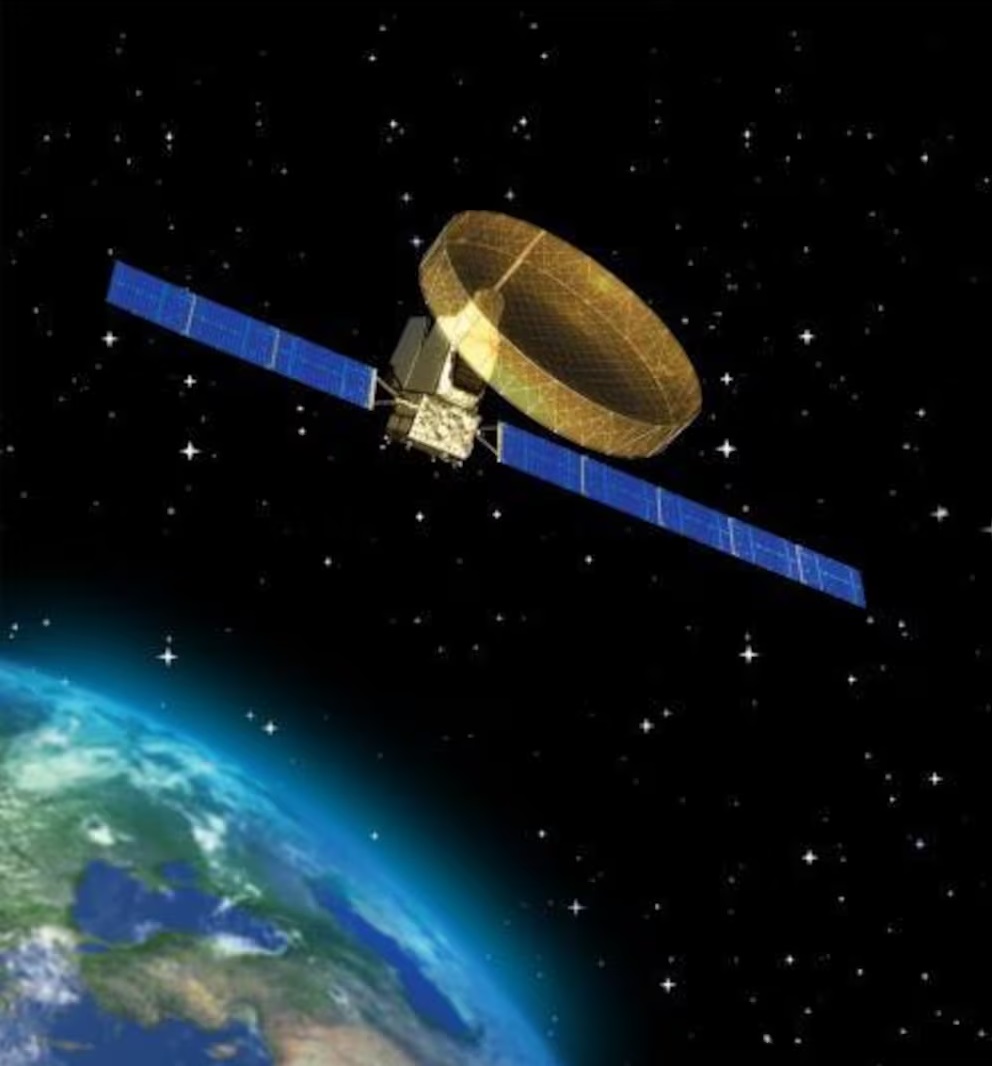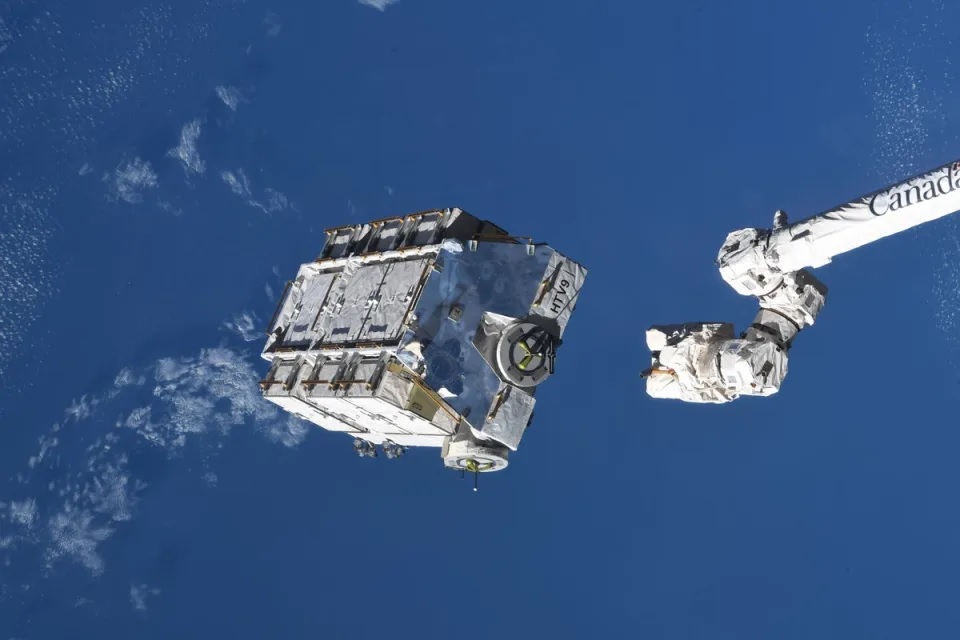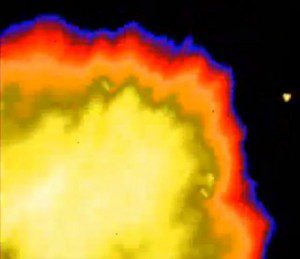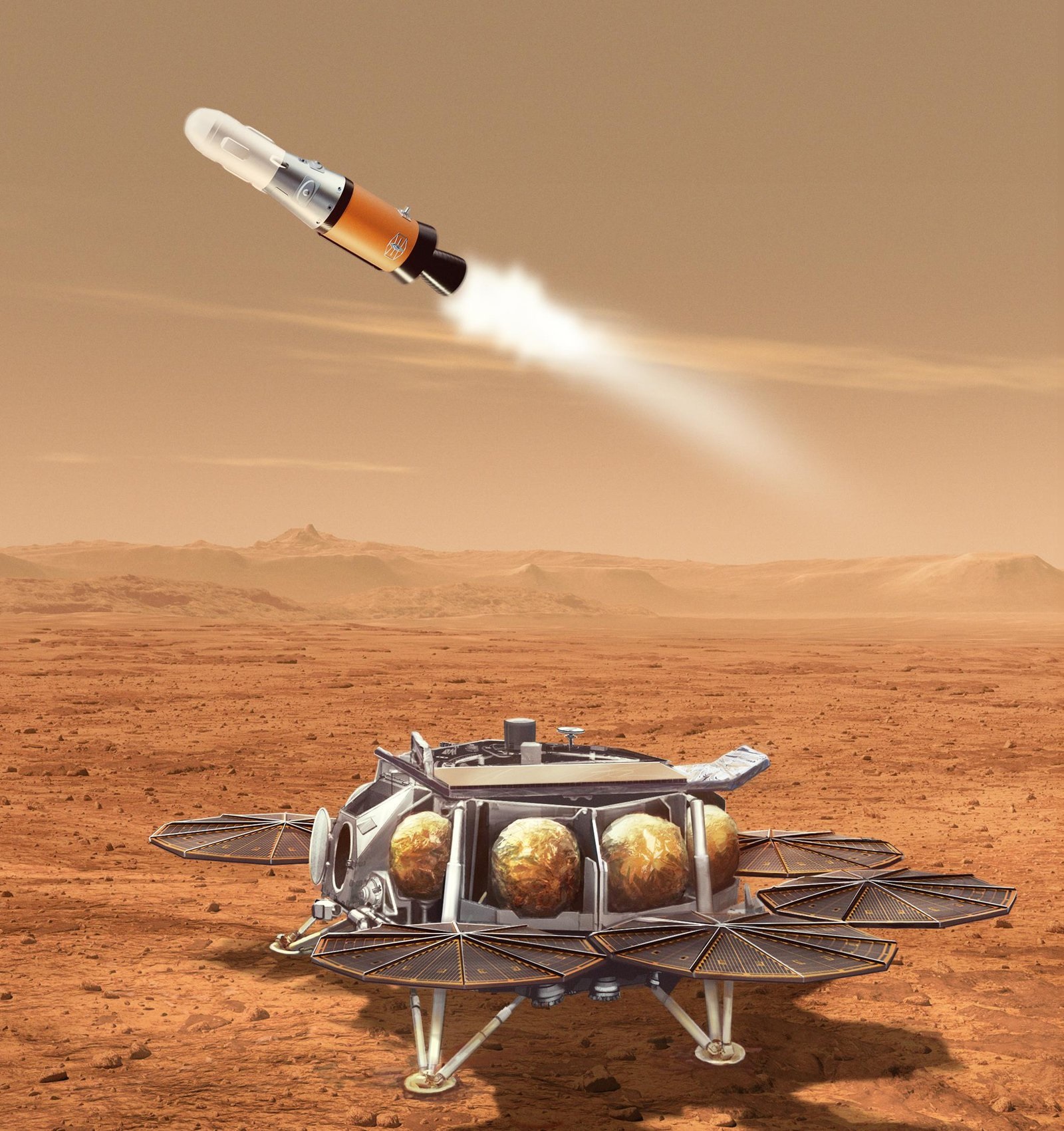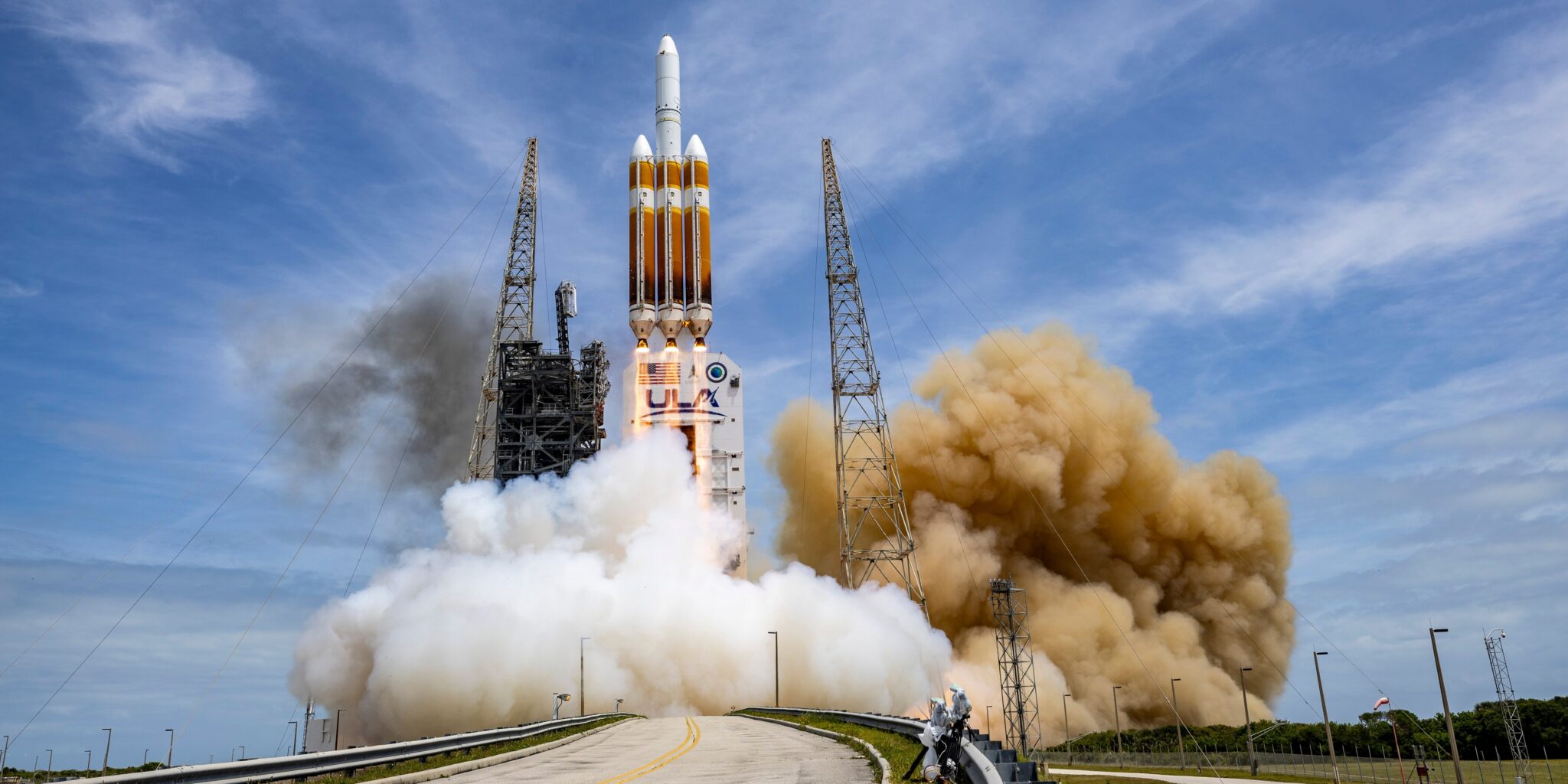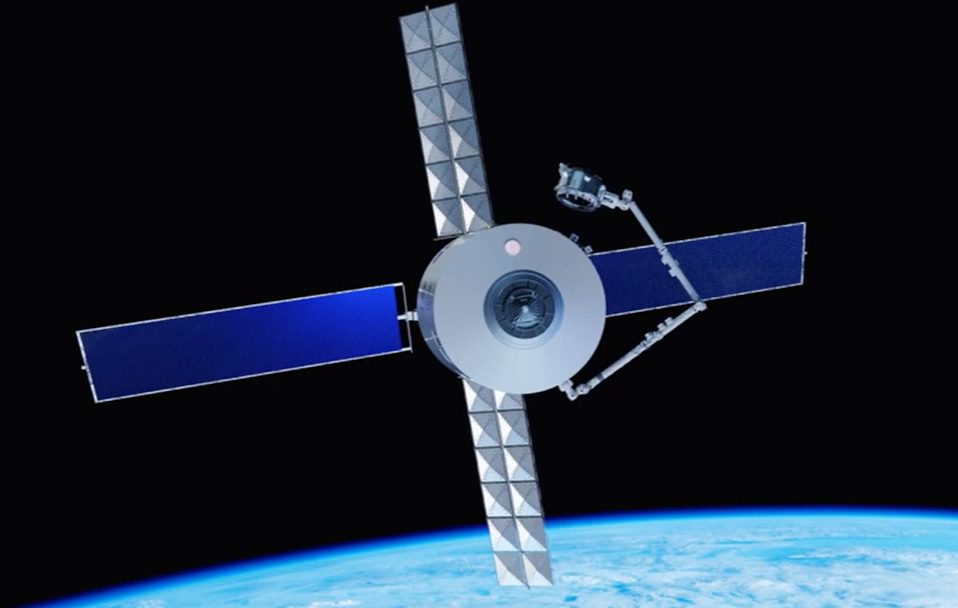All communications were lost with the Japanese Astro-H (Hitomi) astronomy spacecraft after a suspected structural failure event on 27 March 2016 after it fell into a spin. US Strategic Command detected debris coming off the spacecraft at 0142 GMT and there was a subsequent failure to re-establish full communications with the spacecraft during a scheduled pass with a monitoring station at 0740 GMT. However, signals from a beacon aboard were eventually received indicating that the spacecraft be mainly intact despite the debris including suspected panels from the solar array. Amateur observations of the Astro-H (Hitomi) observatory have reported flashes in the sun-light caused by a rotating/tumbling spacecraft.
The spacecraft built and operated by JAXA, was launched by an H2A-202 rocket on 17 February, and was to perform high-resolution observations over a wide range of wavelengths, including making gamma ray and “soft” and “hard” X-ray observations.
While the cause of this event has yet to be found, there was initial speculation that the event may be debris related. The spacecraft was launched into a low Earth orbit of 575 km inclined at 31 degrees relative to the equator which puts it at an increased risk from objects flying in near polar/sun-synchronous orbits of similar altitudes. However, US Space Command has officially ruled out a debris strike and the suspicion is that the craft suffered an attitude control system failure which led to a 12 revelutions per minute spin which in turn led to debris being shed. The spacecraft is now thought to be irrecoverable.
Updated on 13 April 2016

